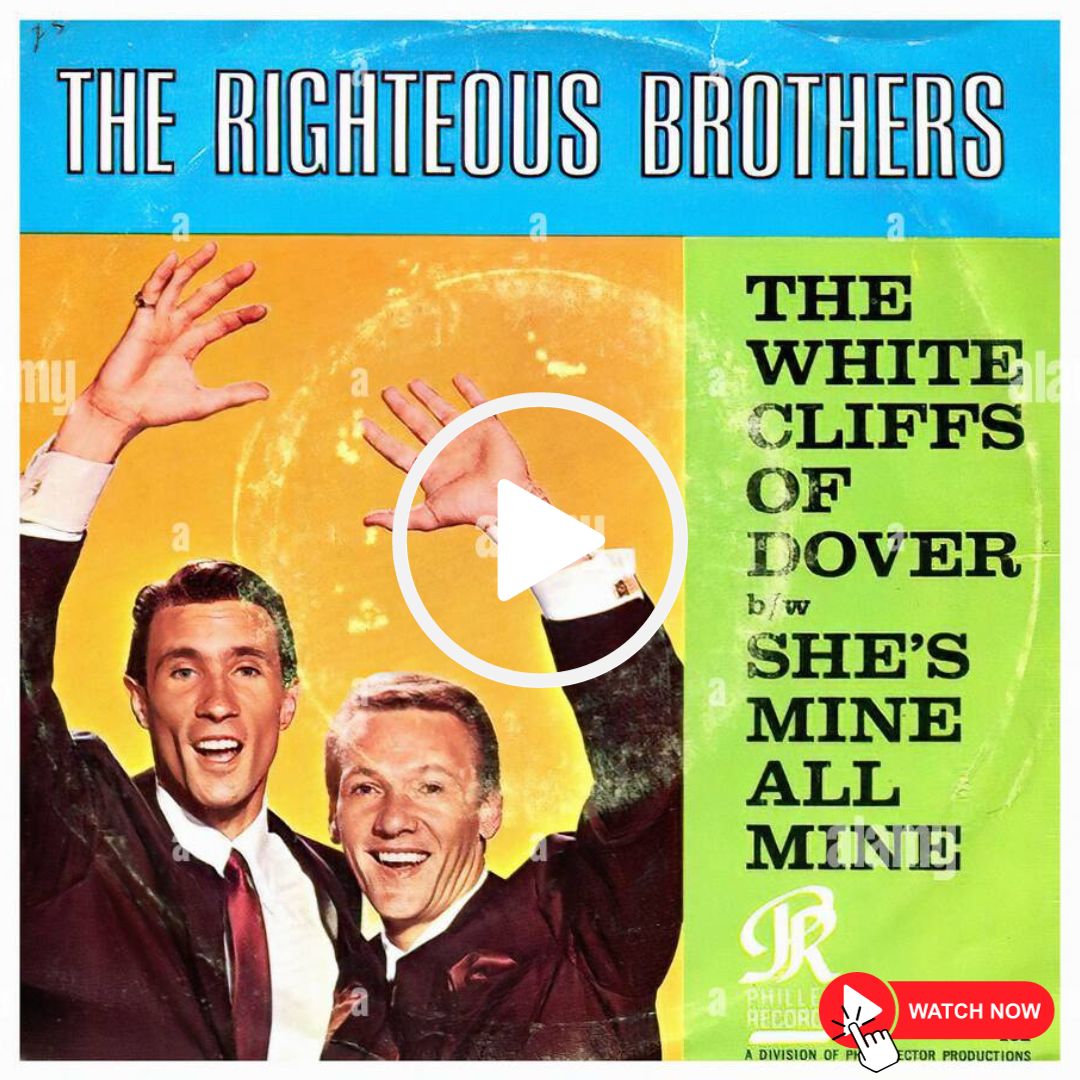“The Righteous Brothers – The White Cliffs of Dover” is a soulful rendition of the classic wartime song originally written by Walter Kent and Nat Burton. Released by The Righteous Brothers in 1966, this version adds a soulful twist to the iconic ballad. The Righteous Brothers, known for their emotive vocal performances, brought a fresh and soul-stirring interpretation to “The White Cliffs of Dover,” infusing it with their trademark passion and harmony.
The song takes its title from the famous chalk cliffs that stretch along the English coastline and have become a symbol of hope and resilience. The Righteous Brothers’ rendition is characterized by its smooth orchestration, showcasing the duo’s ability to convey deep emotion through their powerful vocals. The soulful arrangement pays homage to the original while adding a contemporary touch, making it a standout in The Righteous Brothers’ repertoire.
MEANING BEHIND
“The White Cliffs of Dover” is an enduring anthem that gained popularity during World War II. The lyrics speak of a longing for peace and the hope that the iconic white cliffs, visible from the English Channel, represent. The Righteous Brothers’ rendition maintains the nostalgic and sentimental elements of the original while infusing it with the soulful essence that defined their sound.
The song’s meaning is rooted in the historical context of war, serving as a message of optimism and resilience during challenging times. The white cliffs symbolize a beacon of hope and a visual metaphor for the longing for a peaceful future. The Righteous Brothers’ heartfelt delivery adds a layer of emotion, transforming the song into a timeless expression of yearning for a better world.
“The White Cliffs of Dover” by The Righteous Brothers stands as a testament to the duo’s ability to breathe new life into classic songs. The emotional depth of their rendition ensures that the iconic ballad continues to resonate with audiences, bridging generations through its timeless message of hope and the pursuit of peace.
